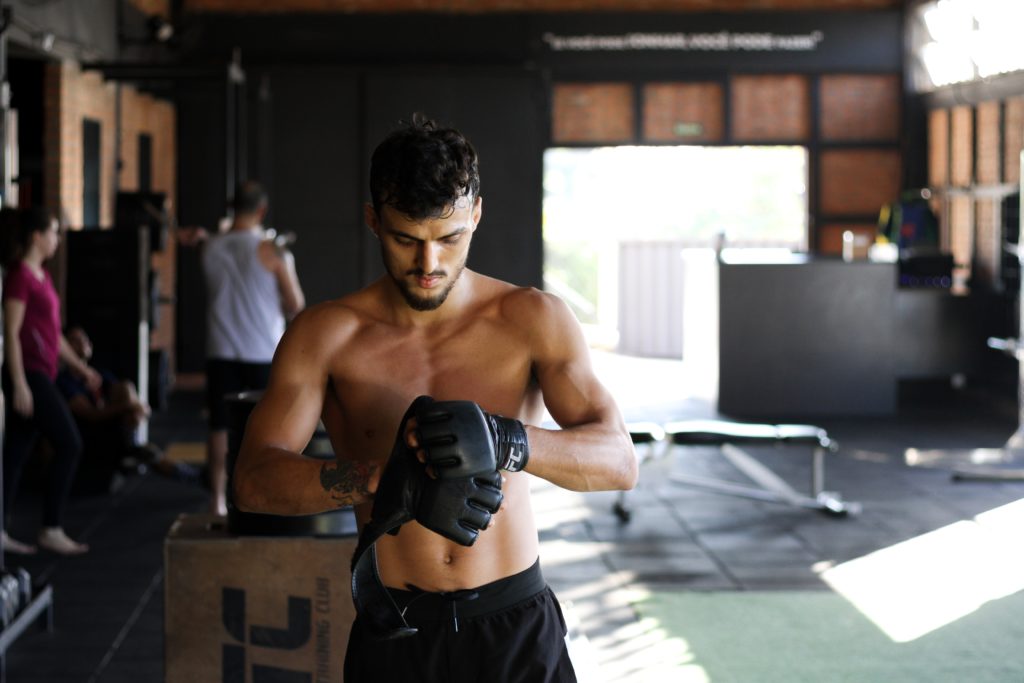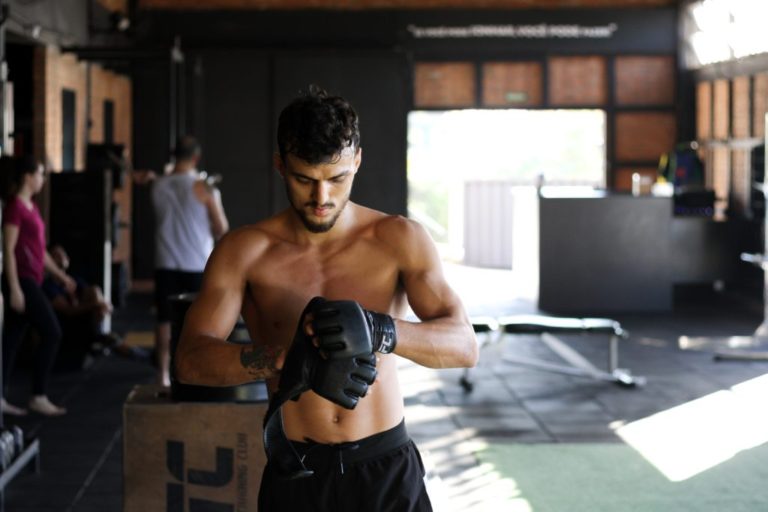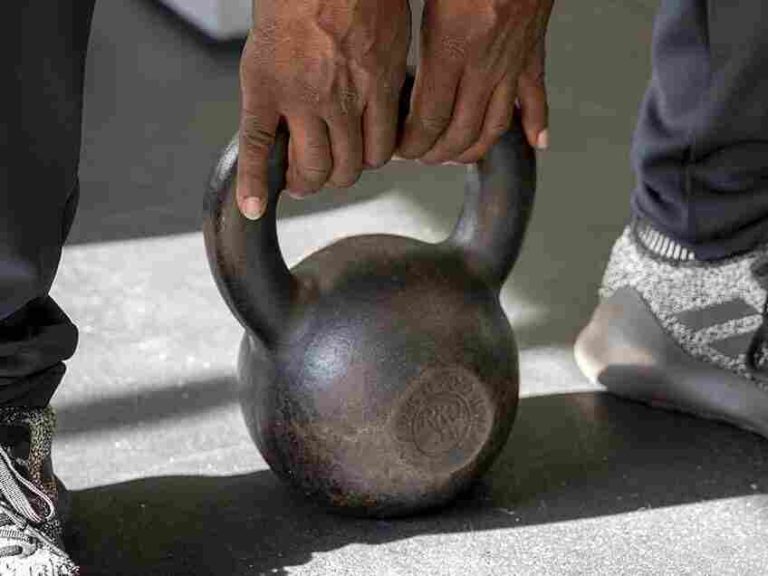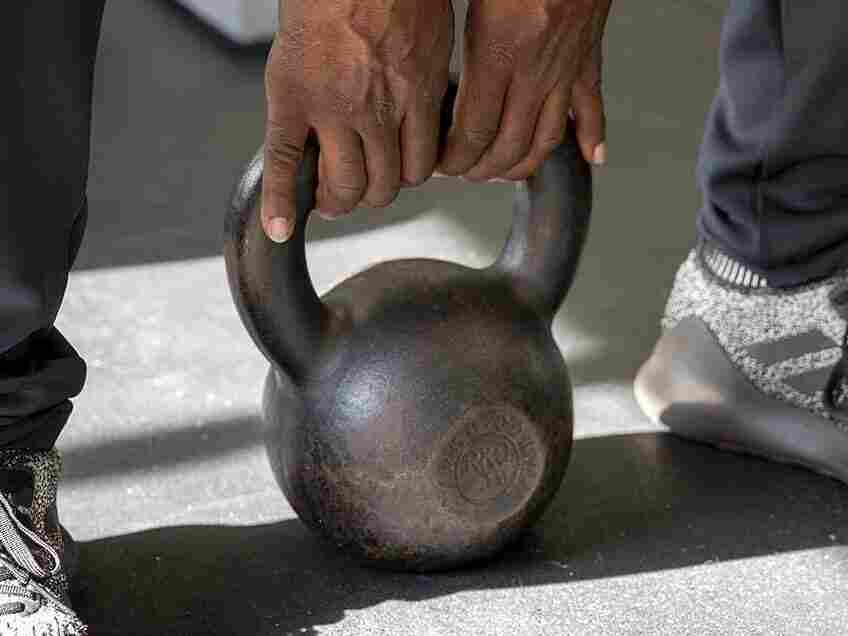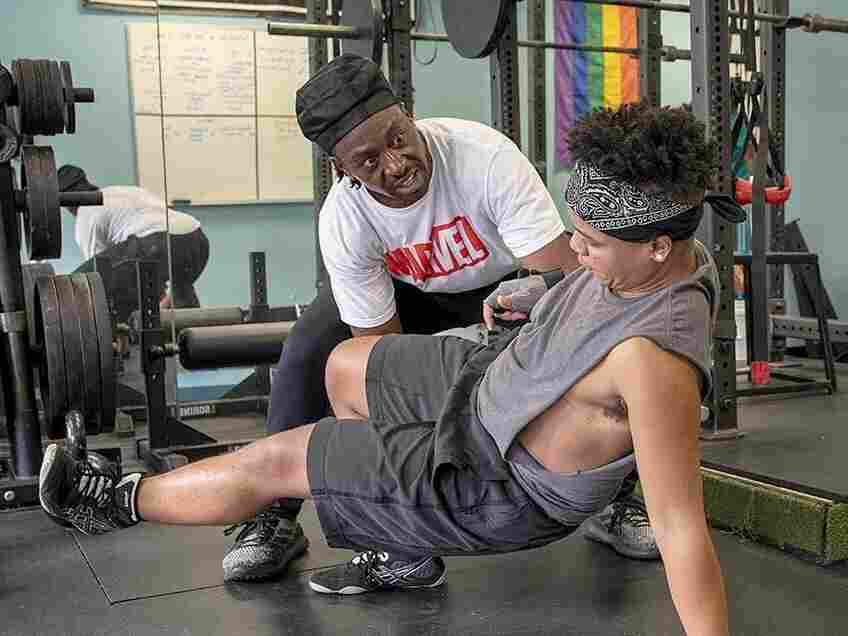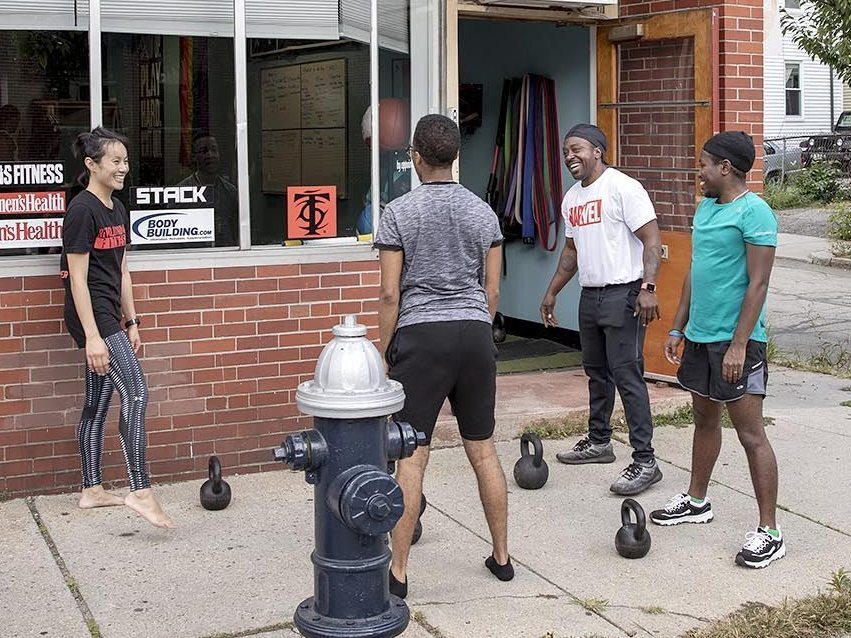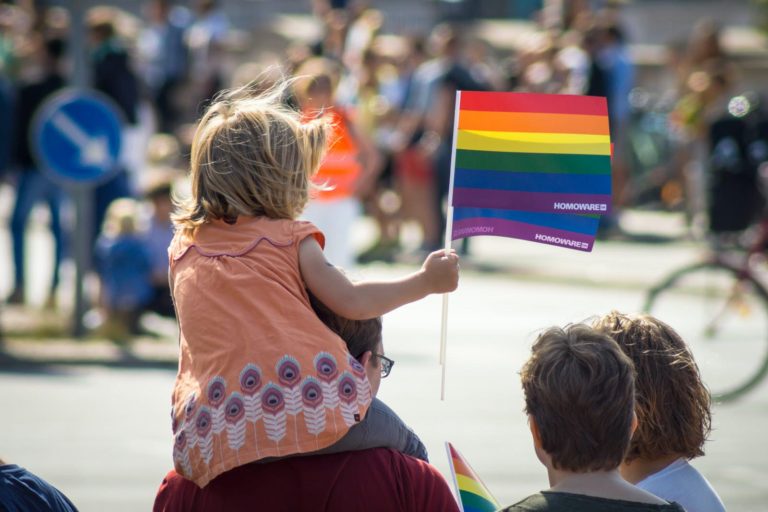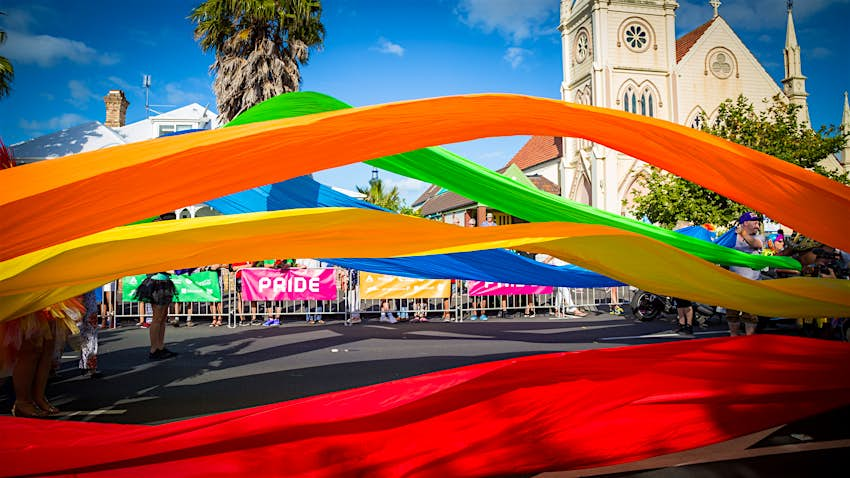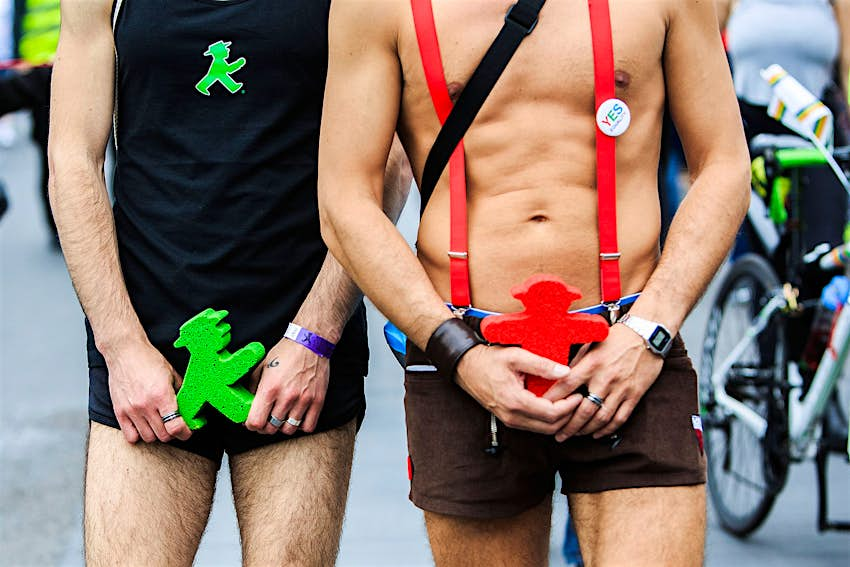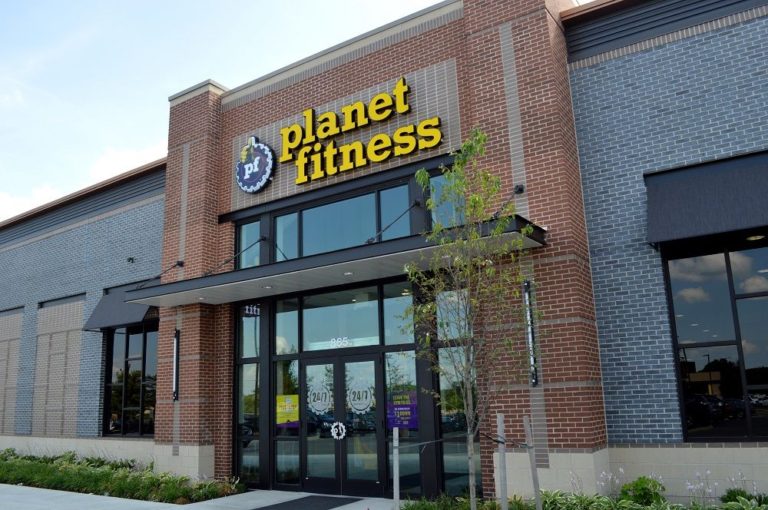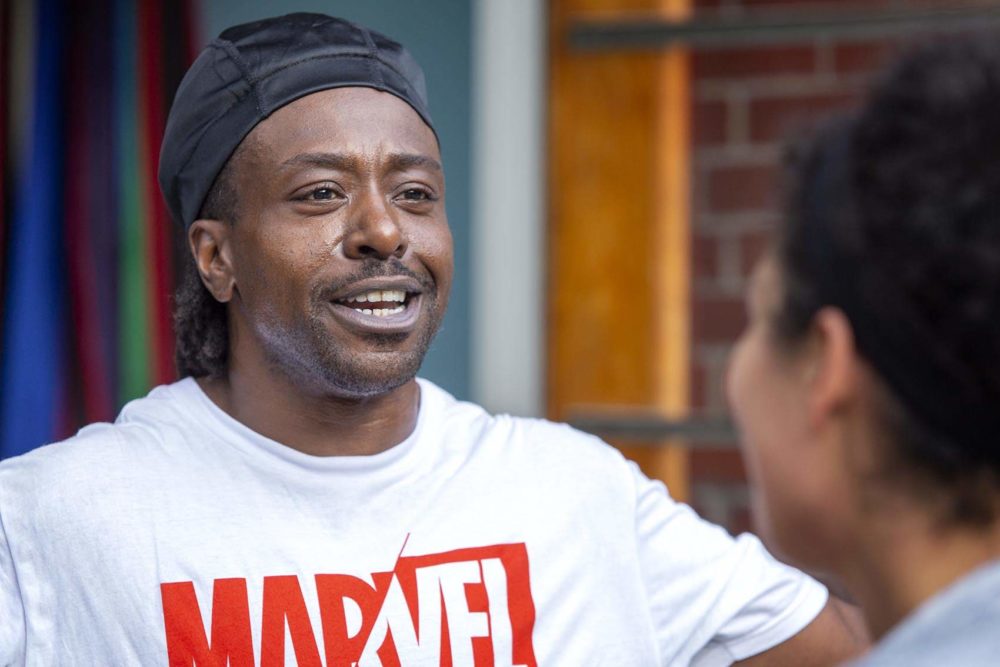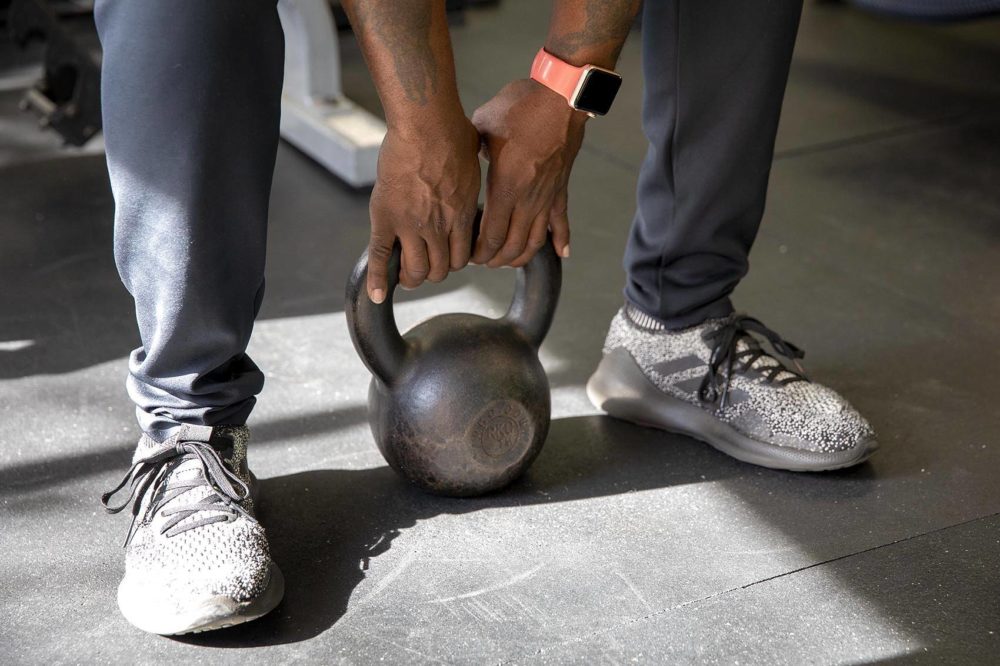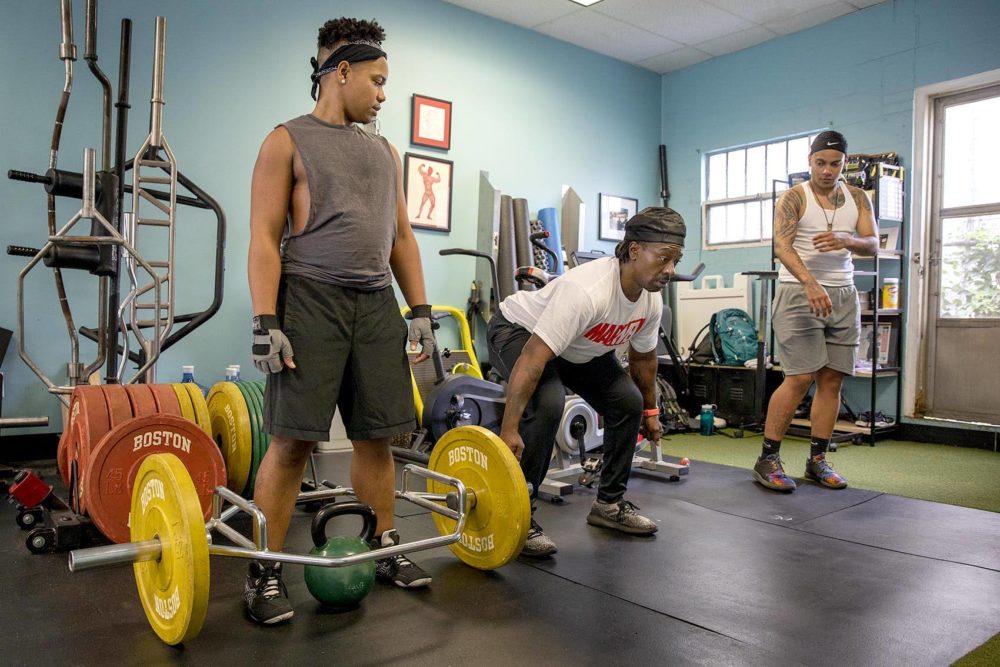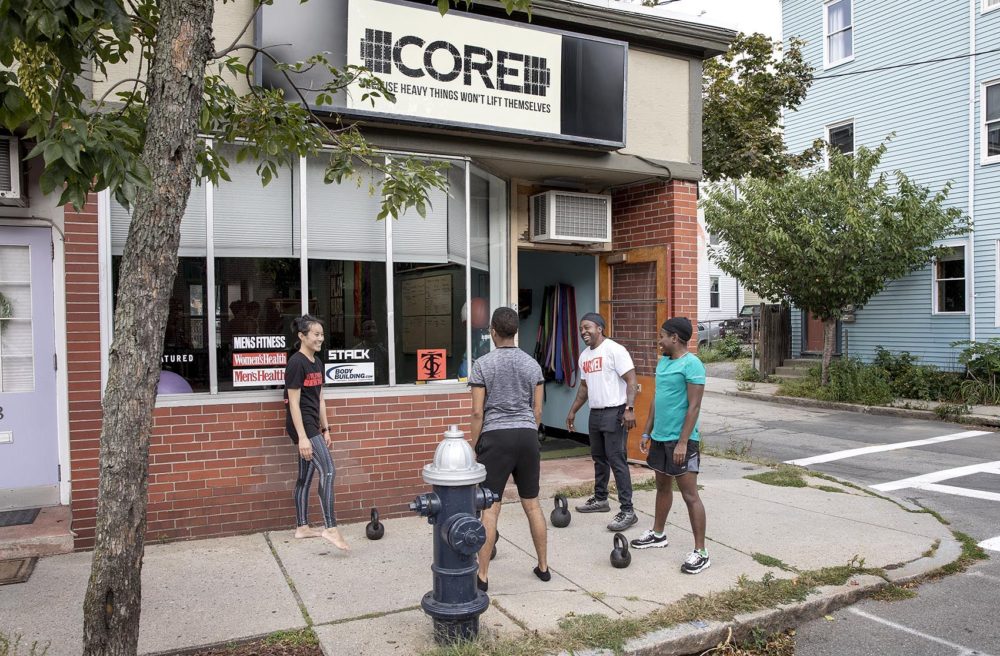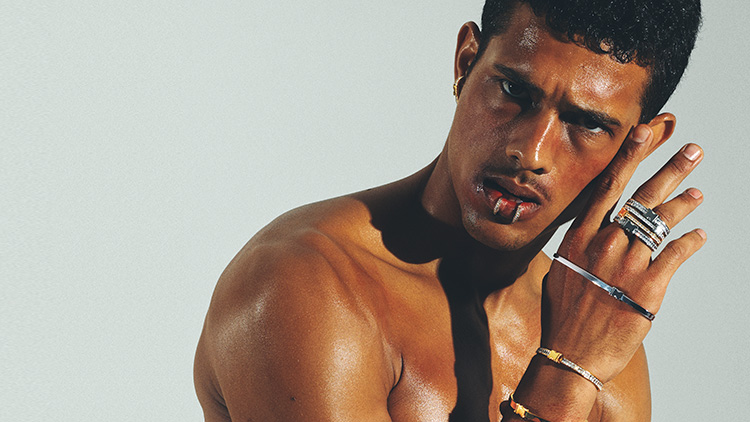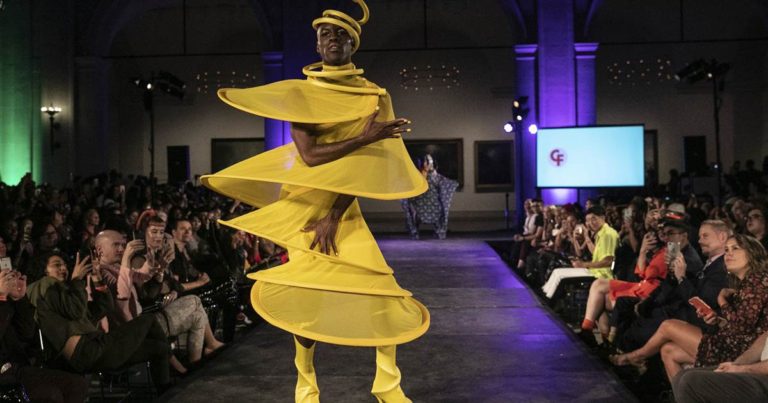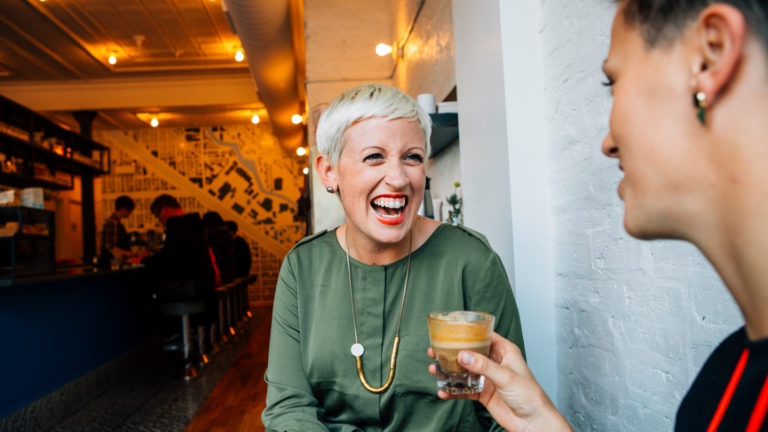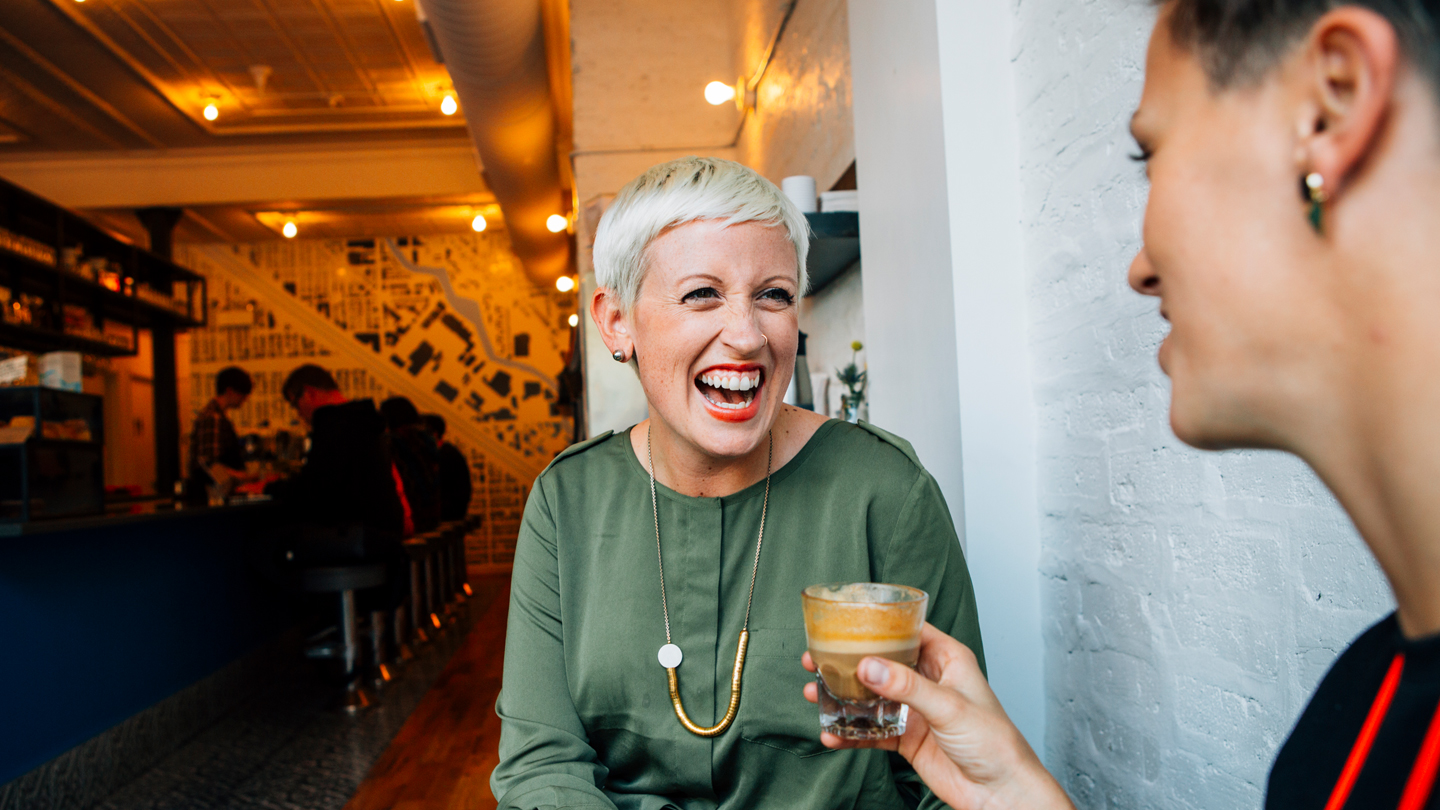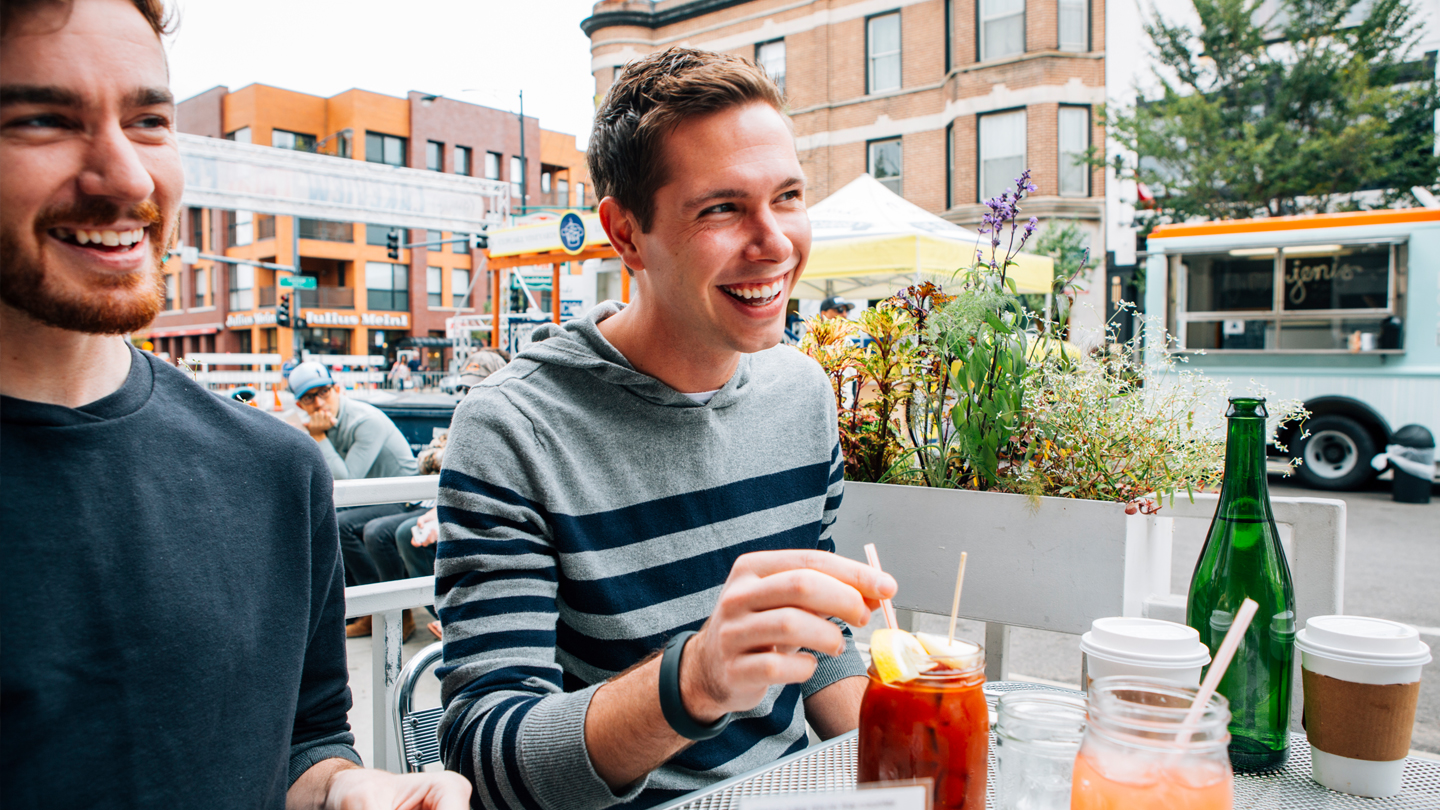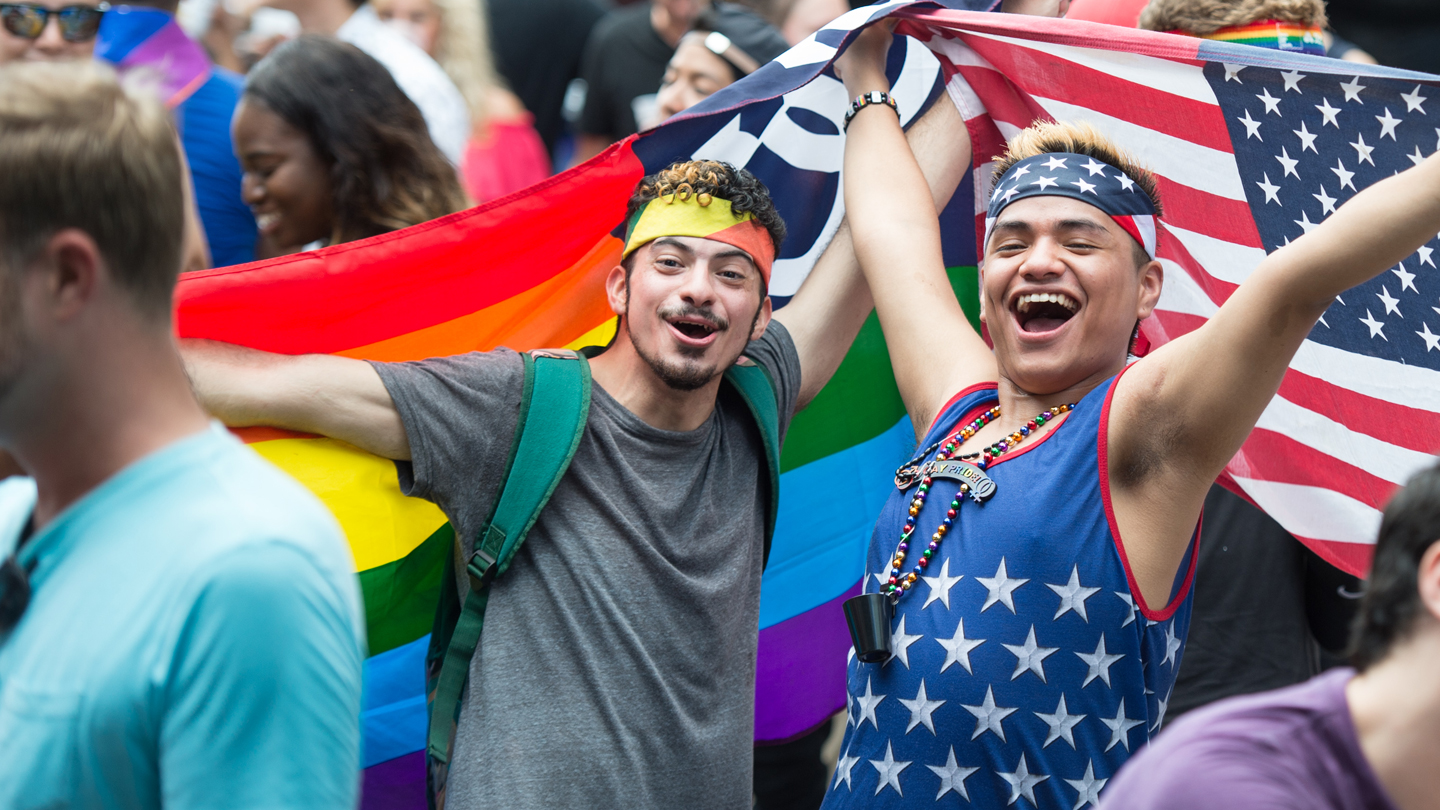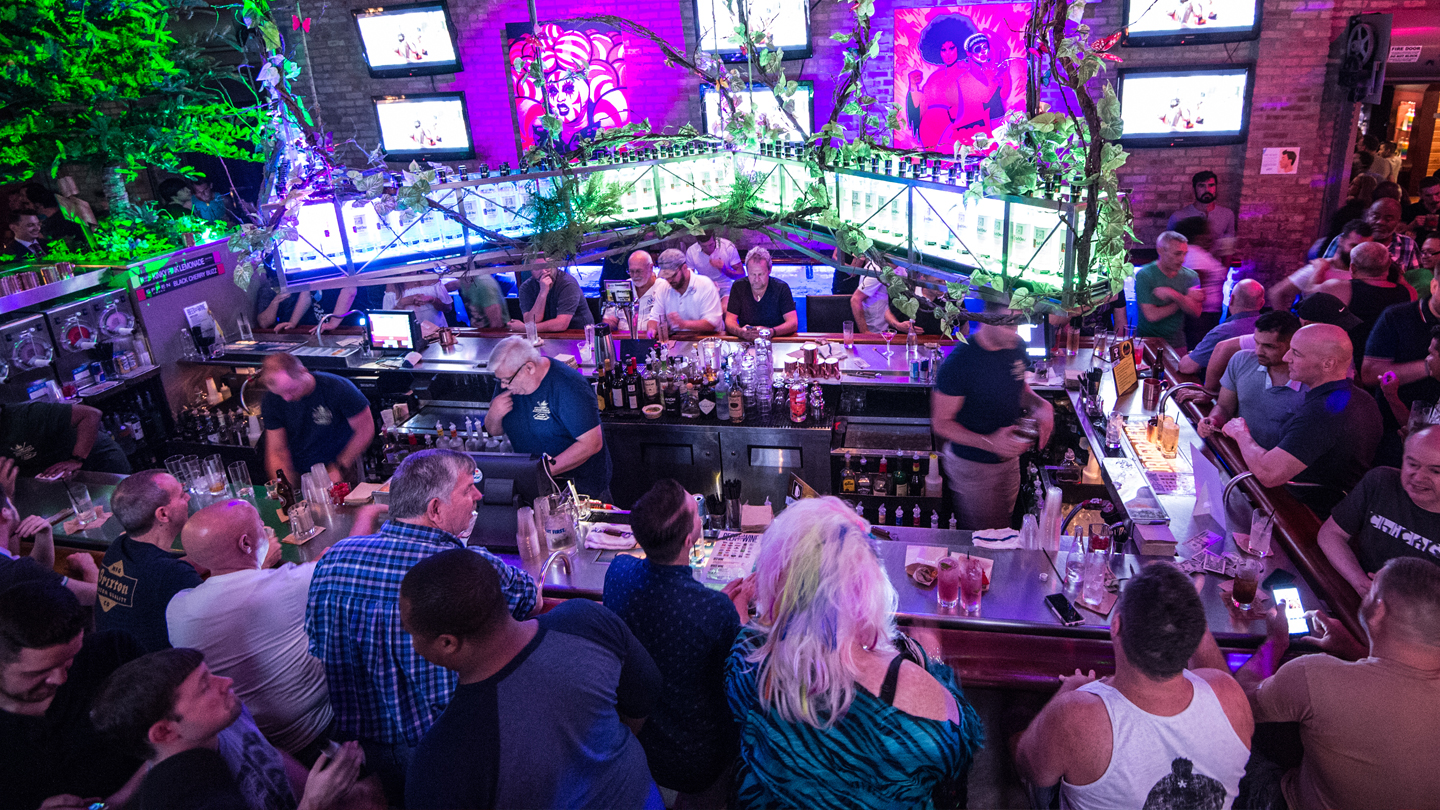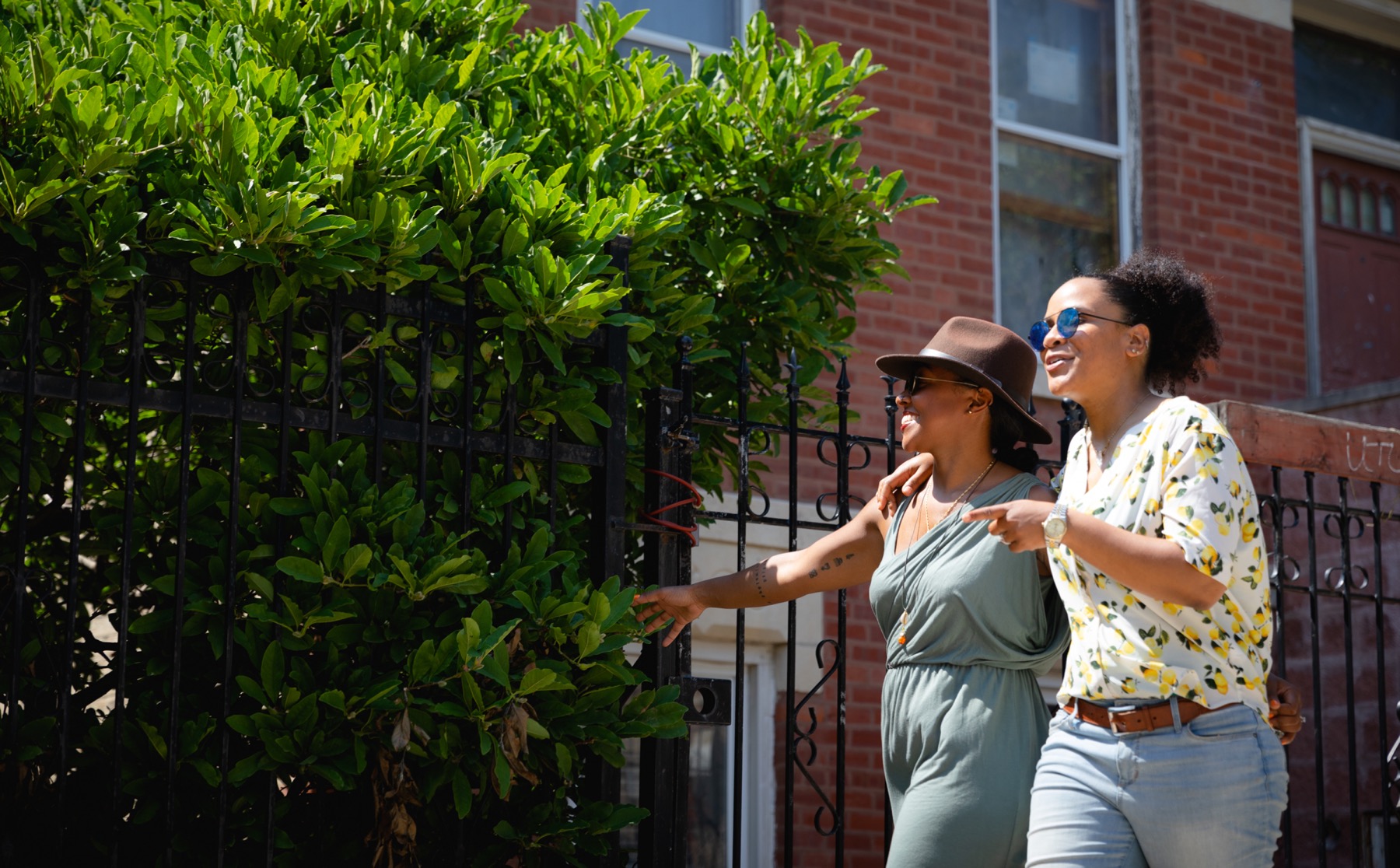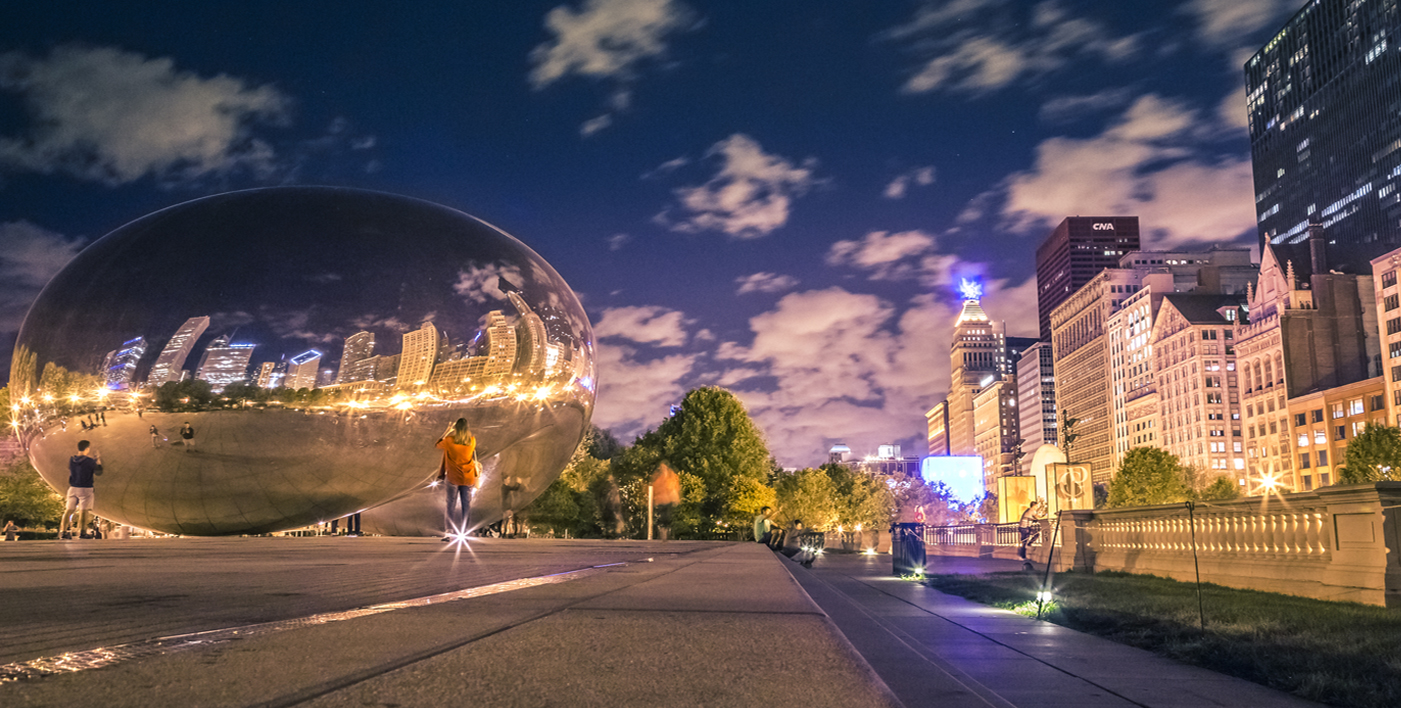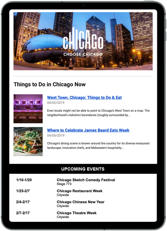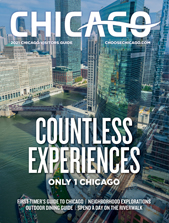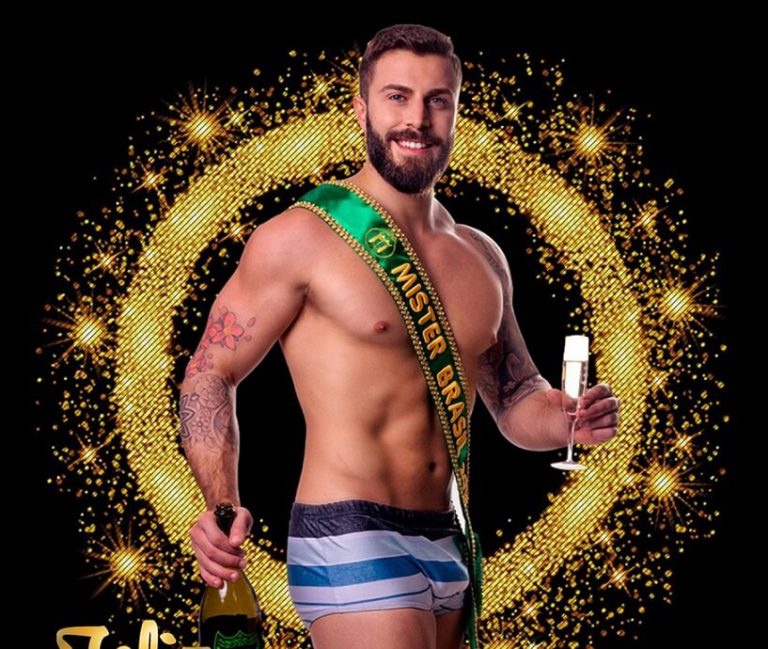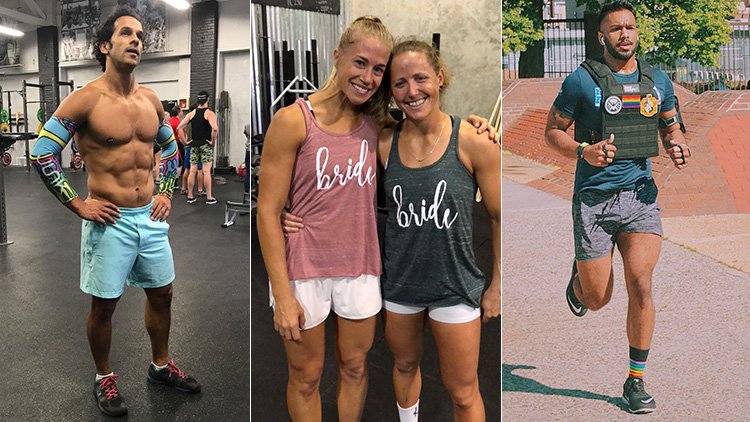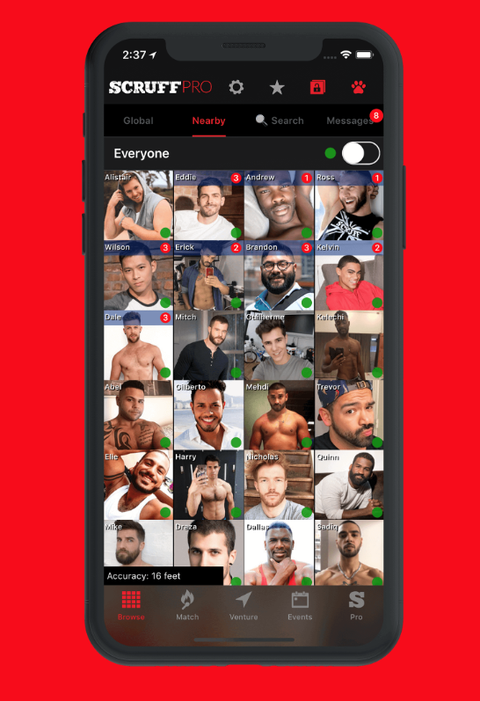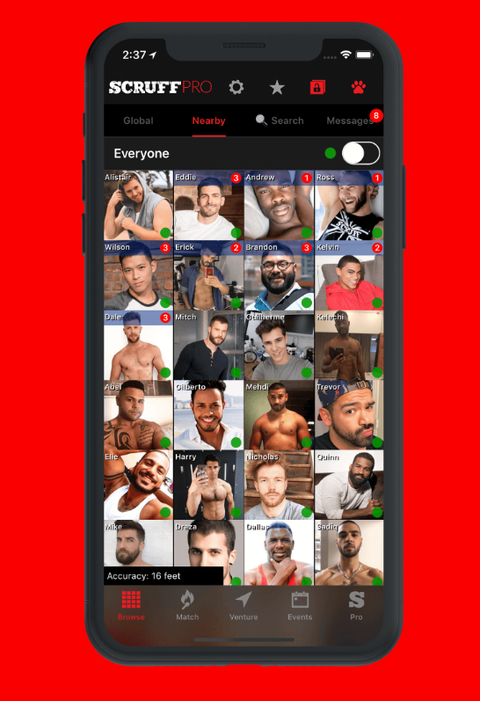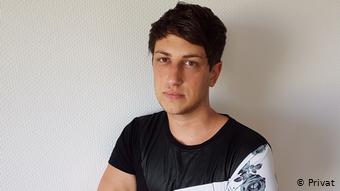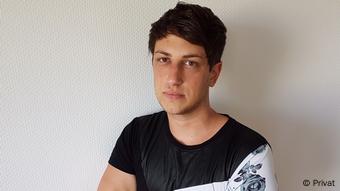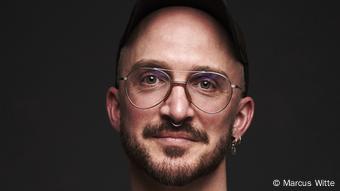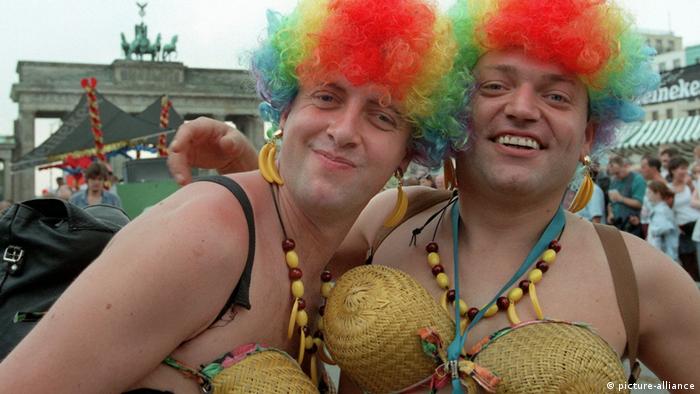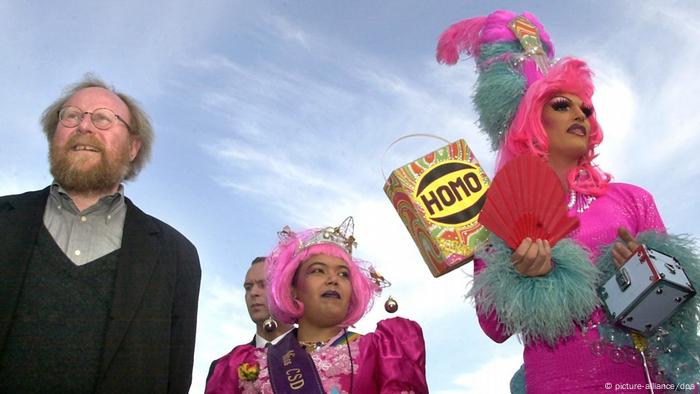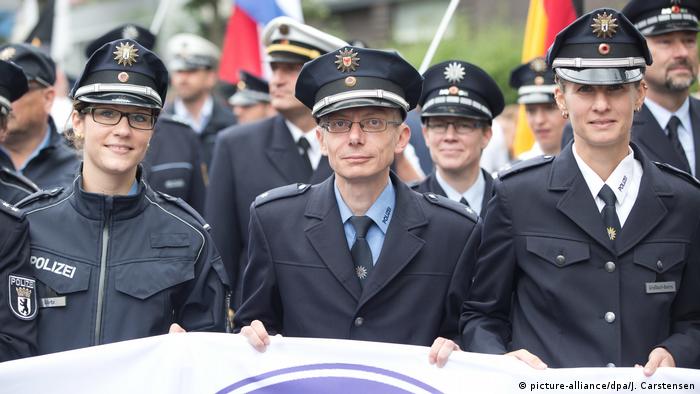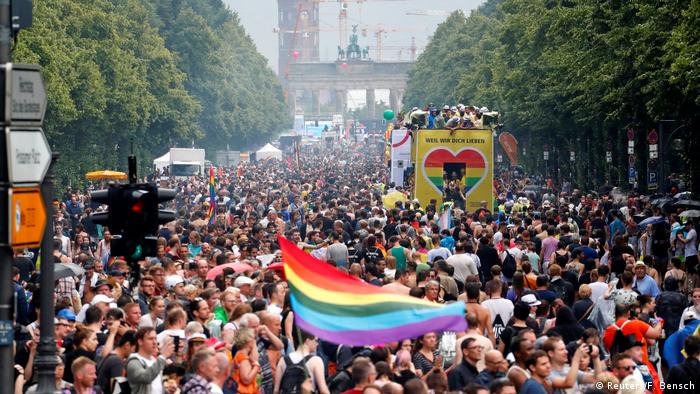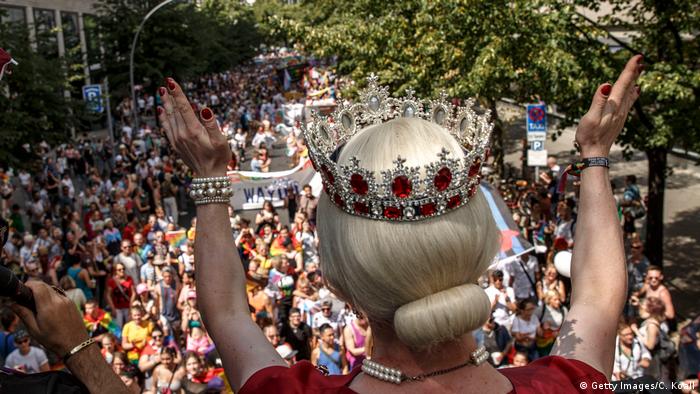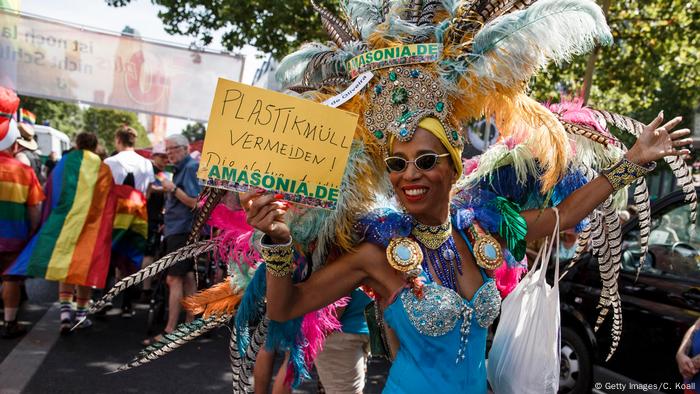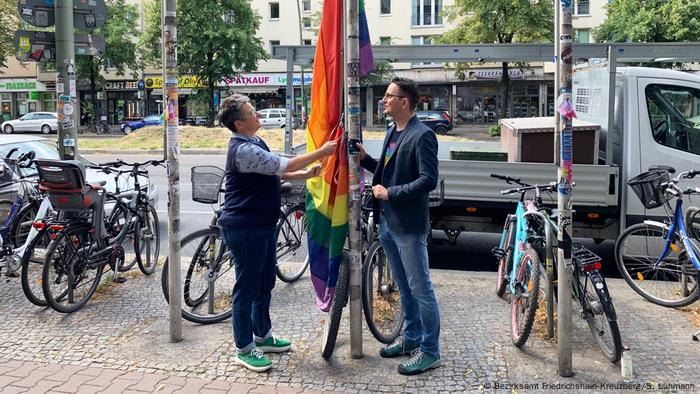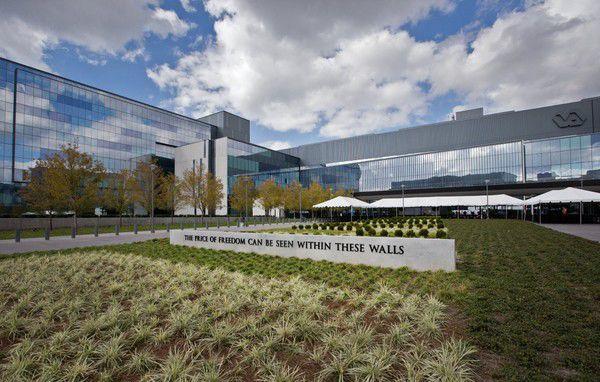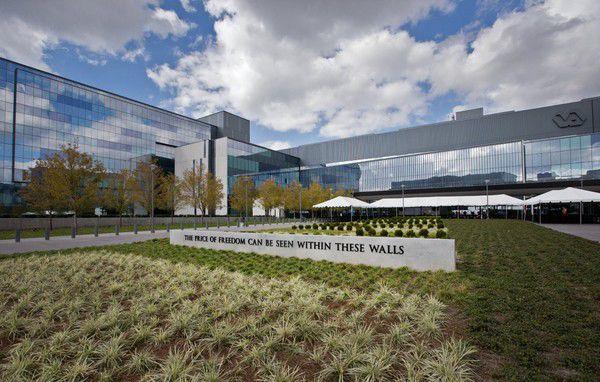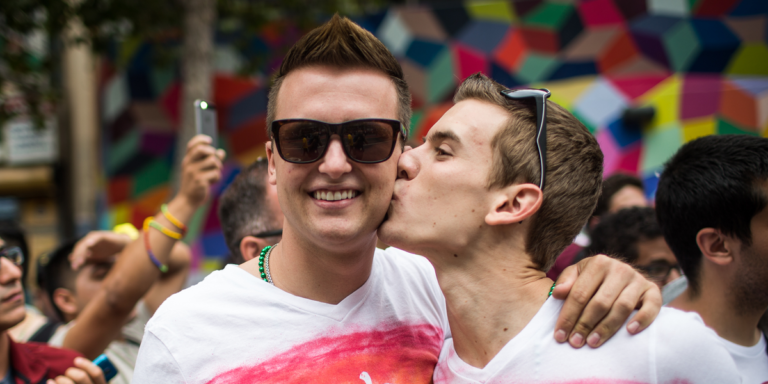I met my current boyfriend at the gym, but I’d have to award Grindr the assist. We locked eyes while he was squatting at the rack and both looked away coyishly. I told myself I’d build up the courage, walk over to him, and introduce myself when I finished my set, but by the time I was done, he was nowhere to be found.
Still, I knew not all hope was lost. I hopped on Grindr, thinking he may still be in the area, and there he was. Luckily, he actually had a photo of his face and not his torso, which as any queer man can tell you, is rare. On most gay/bi social networking apps that cater primarily to hook-ups as opposed to dates, it’s customary to post a headless body photo to protect anonymity.
I messaged him asking if he was the guy I saw at the gym today. He said yes, and admitted he was looking at me too. So I asked him out on a date for drinks. Roughly a year later, he’s my little man.
If it wasn’t for Grindr I’m not sure if I would have ever met Ryan, since that wasn’t my usual gym. In fact, it’s one I never go to; I just happened to be in the area for a random meeting.
But Grindr is just one of many dating apps for queer people, and queer folks don’t necessarily need an app that’s specifically marketed as gay or bisexual. Apps like Tinder, Hinge, and Bumble all have options to choose the same-gender. So we reached out to a bunch of LGBTQ folks of all genders and non-straight sexual orientations to discuss which apps they prefer and why.
1. Grindr
DOWNLOAD FOR IPHONE
DOWNLOAD FOR ANDROID
Alright, since I started with Grindr, let’s finish up talking about it before I move onto the next apps. Grindr, in case you live under a rock, was the first gay geolocation app, meaning that it lets you know how close you are to others (e.g., 715 feet). While it’s usually used for more quick and casual “liaisons”—you can and plenty of people still do use it to ask out men on dates. Still, it’s not uncommon to have shared nudes before you’ve actually met in real life.
“I only use Grindr. I guess I have narrowed it down to using that [app] because it’s my favorite. It’s a one stop-shop for anything I’d look for in a dating app: hookups, dates, [and] even friends.” —Matthew, 27
“I don’t have enough bandwidth to use multiple apps. It’s exhausting managing them all, and while Grindr annoys me to no end with all the racists and flakes, it seems to have the highest number of users and is still the easiest to use.” —Dave, 43
“Ol’ faithful, or Grindr as it’s usually called, has always been a reliable and surefire way to meet others specifically interested in trans women. Grindr is exclusively for LGBTQ people, and hosts a space to be queer, meet queers, and perhaps offer a glimpse of queers nearby that maybe weren’t so visible before. In addition, Grindr also supports a sex-positive community, which plays an essential role in the progression of ending stigma around sexuality exploration and liberation.” —Amarilla, “a lady never reveals her age”
2. Tinder
DOWNLOAD FOR IPHONE
DOWNLOAD FOR ANDROID
Tinder’s got that swipe life, where you go through multiple profiles, each with a mini-bio and a few pictures, and if the two of you “match,” meaning you both swipe right — indicating you’d like to connect — then you get the option to start a conversation.
“My favorite dating app as a queer person is Tinder. It simply has the most people on it, and I am a bisexual who likes to cast a wide net. I appreciate that they expanded gender options to include gender non-conforming folks, and I like that I can choose when, where, and if I swipe on cisgender, heterosexual men. It’s casual yet not void of the possibility of meeting someone for real. But honestly, I meet people the most by sliding in their DMS on Twitter, Instagram, or Facebook.” —Sophie, 30
“I’ve only used Grindr and Tinder. I enjoy Tinder’s layout for describing myself a lot more that Grindr. But Grindr is a lot more flexible about finding people around in your area. But unless you pay for Grindr Extra, there’s not much you can do when you reach the end. So it can become boring pretty quickly, so I definitely prefer Tinder.” —Ryan, 25
3. Scruff
DOWNLOAD FOR IPHONE
DOWNLOAD FOR ANDROID
Scruff is likely the second most popular gay male dating/hookup app, and it came on the scene shortly after Grindr, in 2010. While similar to Grindr, Scruff caters to a more masculine and harrier crowd, as the name suggests. So if you identify as an otter, cub, bear, or wolf, you may have better luck using Scruff rather than Grindr.
Scruff is the second most popular gay male dating/hookup app. Scruff
“Though I am definitely not much of a hairy man I weirdly — or not weirdly at all — get plenty of attention off of it. I enjoy the app due to the features they offer, from sharing private albums and satisfying my stalker needs of knowing who’s looked at my profile. Oh yeah, the boys are hot too.” —Mark, 32
“Scruff has become a much friendlier environment to meet people, and I’ve developed some genuine relationships both on and off screen. The community is definitely more diverse than its counterpart (Grindr) and more accepting.” —Jonathan, 26
4. Hinge
DOWNLOAD FOR IPHONE
DOWNLOAD FOR ANDROID
Initially, Hinge marketed themselves in opposition to Tinder, positioning themselves as the dating app as opposed to the hookup app. Like Tinder, you swipe on profiles, but Hinge, at least initially, required a Facebook account and would only provide match options of friends of Facebook friends (up to three degrees). That, however, changed in June of 2018. Still, Hinge requires you to fill out your profile fully with various information about yourself from your religion, wanting kids, drug use, fun activities, etc. This gives you more information about the person than Tinder does.
“I like Hinge because you can see all the likes you receive, and I hate the mindless swiping [on apps like Tinder.] Even though you swipe with Hinge, you still spend more time on each profile since it’s a vertical layout and there’s a lot more to read. I also like that you can send a ‘like’ on something with a comment to make it more personal and has prompts for questions. It also definitely has had the hottest and best girls of all the apps.” —Hayley, 28
5. Bumble
DOWNLOAD FOR IPHONE
DOWNLOAD FOR ANDROID
Bumble was created by Tinder co-founder Whitney Wolfe Heard after she left Tinder due to sexual discrimination and harassment. It’s been described as a “feminist Tinder.” In hetero relationships, only female users can make the first contact with their matched male users; in same-sex matches, either person can send a message first.
“There are the most number of queer women on Bumble from what’s I’ve found. So ultimately, of all the dating apps I’ve used (which for Abby includes Coffee Meets Bagel, Tinder, and The League), I’ve met the most women through Bumble.” —Abby, 28
6. Chappy
DOWNLOAD FOR IPHONE
DOWNLOAD FOR ANDROID
“Chappy is about kindness, inclusivity, and accountability.” (That’s not me saying that, that’s part of the “Chappy pledge.”) Chappy, which is actually owned by the dating app Bumble, does it all — giving you options if you’re looking for something long-term, a more casual affair, both, or just friends. “With features like account verification, mandatory face pics, Instagram integration, and user code of conduct, it’s one giant leap for kind men,” Chappy boasts.
“The newcomer on the block is Chappy. The verdict is still out on whether this will turn into another hookup app (as Tinder has in my opinion) or truly take form as a quality dating platform for the gay community, but for now, I definitely like using it.” —Jonathan, 26 (again)
After speaking with these young single queers, it’s become clear that it’s a matter of preference—no dating app stands out above the rest. Additionally, these are only a few of the apps that are potentially effective for queer folks. I was surprised Jack’d, Coffee Meets Bagel, OkCupid, and Hornet didn’t come up in folks’ responses. So you may just have to try out a few to see which app suits you and your needs best.
Good luck out there. God only knows navigating queer dating culture in 2019 is more challenging that walking through a minefield, but maybe, just maybe, you can find your future partner on one of these apps.
Stay updated on the latest science-backed health, fitness, and nutrition news by signing up for the Prevention.com newsletter here. For added fun, follow us on Instagram.
This content is created and maintained by a third party, and imported onto this page to help users provide their email addresses. You may be able to find more information about this and similar content at piano.io
